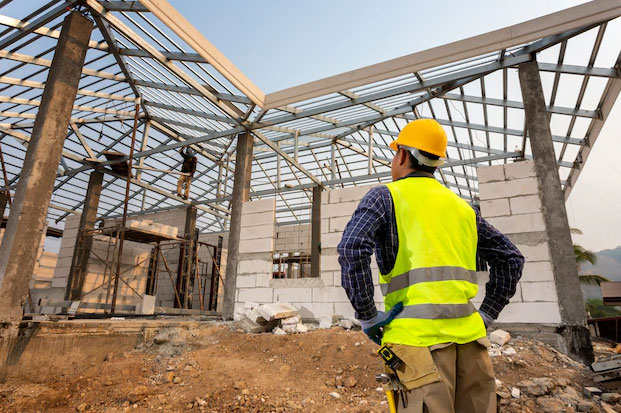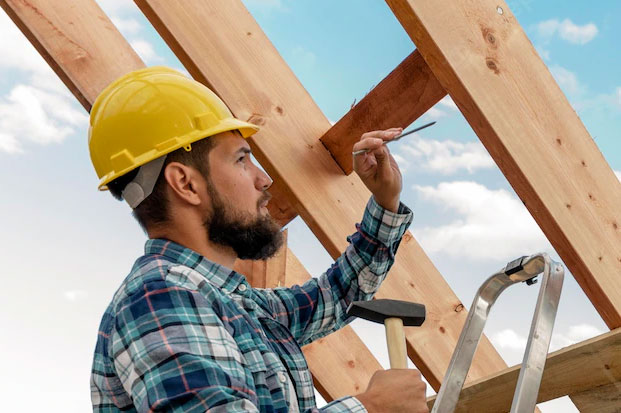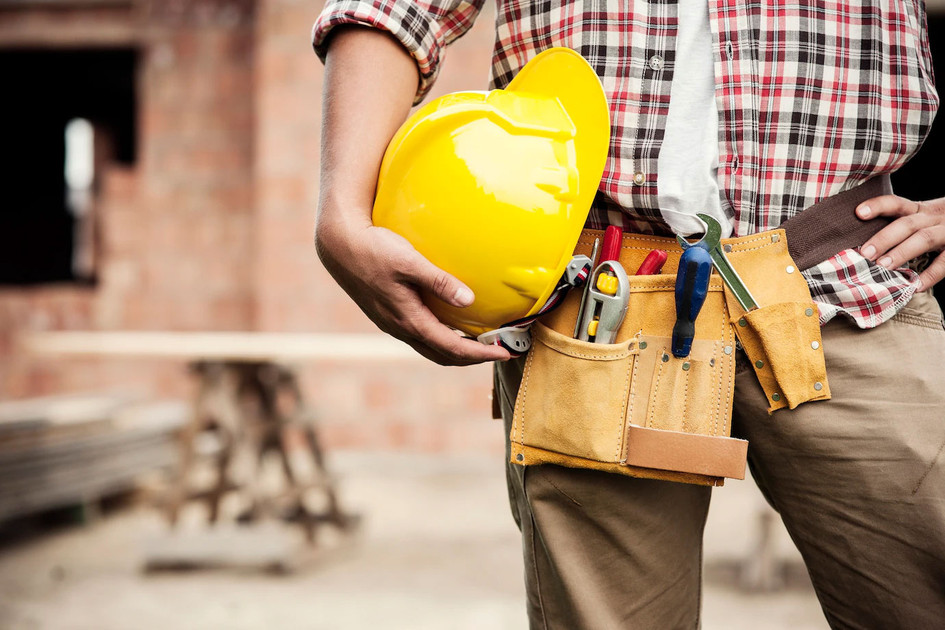Hard Hat History
Posted by Howie Scarboro - CEO Fall Protection Distributors, LLC on Nov 15th 2022
Do you wear a hard hat when you're working? If not, you should be! Hard hats have been protecting workers' heads for years and continue to do so today. In this article, we'll take a look at the history of safety helmets and why they come in different colors. We'll also explain the laws behind wearing hard hats and how they serve as protection against injuries.
The History Of The Safety Helmet
The first safety helmet was worn by construction workers in 1933 when they were building the Golden Gate Bridge. They realized that falling rivets could seriously injure someone if they were hit on the head, so they decided to wear helmets to protect themselves. At first, the helmets were made out of aluminum. In 1938, aluminum became the standard material for hard hats, with the exception of those used in electrical applications. A few years later, in 1940, aluminum was replaced by fiberglass as the most popular material because it was more adaptable.

The Laws Behind Wearing Hard Hats
In the United States, there are laws in place that require workers to wear hard hats when they are working in certain environments. For example, construction workers are required to wear a safety helmet when they are working on scaffolding or around power lines. The Occupational Safety and Health Administration (OSHA) is the governing body when it comes to enforcing these laws.
Standards for Hard Hat Safety
In the United States, the Occupational Safety and Health Administration (OSHA) has established standards for hard hat safety. According to OSHA, all hard hats must meet the following criteria:
- They must be made of a durable material that can withstand impact.
- They must have a suspension system that helps protect the head from shock.
- They must be designed to stay firmly on the head in the event of an impact.
- They must be the right size for the person wearing the hat. Too small or too large hats can make them less effective.
OSHA also requires that hard hats be replaced every five years to ensure that they continue to meet these safety standards.
If you're working in an environment where there is a risk of head injuries, make sure to wear a safety helmet. It could save your life!

How Do Helmets Protect Your Head?
Hard hats are designed for head protection in the event of an accident that could lead to some serious injuries. They are made out of tough materials that can withstand a lot of force. For example, if you were to fall and hit your head on the ground, the hard hat would absorb some of the impact and serve as a barrier between you and everything in your surroundings.
Why Do Safety Helmets Come In Different Colors?
Safety helmets come in different colors so that workers can be easily identified. For example, construction workers usually wear orange or yellow hard hats so that they can be easily seen by other workers. In some cases, hard hats are also used to indicate the level of danger in a certain area. For example, light colors like white helmets are often worn by workers in cleanup operations because there is a low level of danger.
Here's a quick summary of the colors and what they mean:
- Orange or yellow: These colors are very easy to spot and are thus used in areas that could be dangerous like road construction and are also worn by traffic marshals and lifting operators.
- White: This is an easy color to see. It indicates a low level of danger or is worn by supervisors, managers, architects, and engineers.
- Blue: The color blue is usually used by medical workers, electricians, and police officers.
- Green: Green colors are usually associated with safety. As such, safety inspectors usually wear green hats. In some cases, new workers will also be given a green hat to indicate they are still on probation.
-Black: Coal miners
- Red: Red colors are usually associated with danger. For this reason, emergency workers and firefighters usually wear red.
Yellow: Heard hats with yellow colors are usually worn by general workers such as earthmovers, laborers, and operators of heavy machinery
Grey colors: These colors are usually reserved for visitors to construction sites. It makes them easy to identify in case of an emergency since they might not know the drills.
Brown: Brown indicates a risk of burning. Workers that do welding for instance usually wear brown hats.
Pink: Pink hats are uncommon and used to punish workers for losing or forgetting their hats.
How To Care For And Maintain Hard Hats
It's important to know how to care for your helmet to keep it in good condition. Here are some tips you should know to keep yours in tip-top shape:
1) If you damage your head protection, replace your helmet immediately.
2) Inspect your helmet regularly for signs of wear and tear, and replace it immediately if you notice any damage.
3) Always store your helmet in a cool, dry place when you're not using it.
4) Never expose your helmet to extreme temperatures, as this can damage the material.
By following these tips, you can help extend the life of your safety helmet and make sure it continues to serve as the ultimate head protection against injuries.
Different kinds of Hard Hats
There are a variety of hard hats available on the market today, each designed for a specific purpose. Here are some of the most popular types of hard hats:
- Full-brim hard hats: These hats offer the most protection from the sun and other environmental hazards. They also provide extra protection from falling objects.
- Ventilated hard hats: These hats have vents built into them to help keep your head cool in hot weather.
- Bump caps: Bump caps are designed for light-duty work environments where there is a risk of head injuries from bumps and scrapes. They also offer less protection than other types of hard hats when it comes to falling objects.
Choosing the right hard hat for your needs is important to help keep you safe on the job. Talk to a safety consultant at Fall Protection Distributors today to find the perfect head protection for you.
Final Thoughts
Safety helmets are an important piece of personal protective equipment (PPE). Wearing a safety helmet can help protect you from head injuries in the event of an accident. There are different types and colors of hard hats available, so it's important to choose the right one for your needs. Be sure to inspect your helmet regularly and replace it if it shows signs of wear and tear. By following these tips, you can help keep yourself safe on the job.

